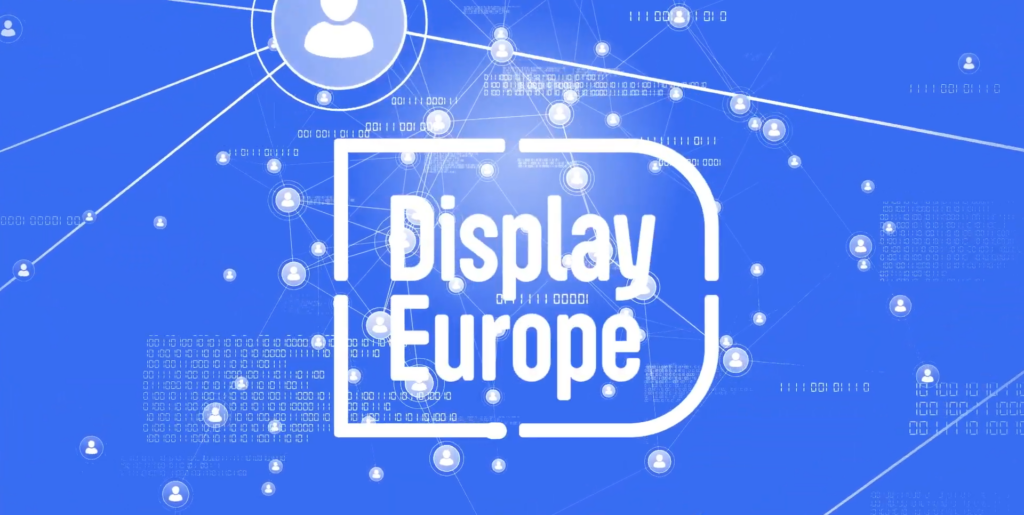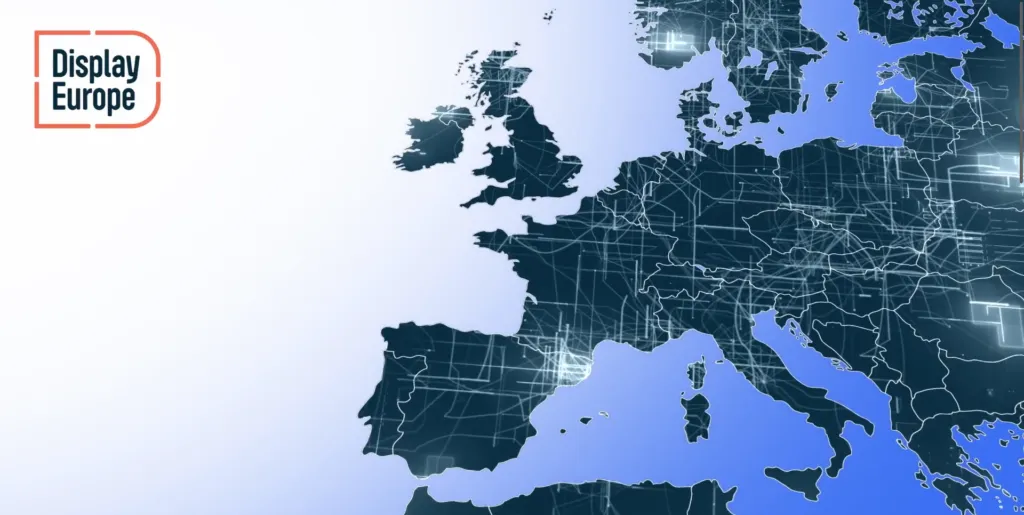How should the media deal with Big Tech’s increasing dominance? Or is it time for an entirely new ecosystem? The pan-European media platform Display Europe is working on the latter. With an open-source digital infrastructure, a common dataspace, and a cooperation of 50 media partners, this progressive platform is pro-actively breaking away from Big Tech. In the run-up to the conference, we spoke with Executive Director Alexander Baratsits.
PublicSpaces operates based on the concept of public values. What values is Display Europe anchored in?
First of all, openness. Display Europe is built on open source systems, which goes along with the value of transparency. We also want a governance structure that is accessible, another value of Display Europe. This is why we are a cooperative, where users can join and decide on the core strategy of the endeavour.
A specific selection regulation for our community editors is accessible on our website. This policy ensures we push pan–European content and operate inclusively by providing diverse content in diverse languages. Inclusivity is also an essential value of the platform.
Part of the openness value is the breakaway from Big Tech. Could you explain how Display Europe breaks ties with Big Tech?
We are building our infrastructure on open-source technology and open-source licenses. We are also building a dataspace, which is part of the Trusted European Media Dataspaces (TEMS). The idea is to set up dataspaces in Europe to collect and use data from a certain domain. In the media sector, this would ideally be a means to cut out the middle man Big Tech and utilize the data themselves.
This is a smart strategy, but there are significant hurdles to get there. You need to find common ground on the metadata model, the protocols you want to use, how you exchange metadata, how to protect data, who will maintain the infrastructure, and which businesses will derive from it. It is a massive project, and we try to do it on a smaller scale with Display Europe.
The competition for attention is significant in the media landscape. Display Europe also breaks away from this competition as this is a collaborative project. This data space requires a significant shift of mindsets within European media to collaborate against big tech and stop competing against each other. We want to set up our own ecosystem.
“This could lead to a big shift in the development of the media sector in Europe”
Who makes the media selection for Display Europe, and how is this done?
Currently, we have community editors who select and upload most of the content available on the portal based on certain guidelines. Our network of expected 50 media partners provides this federated content.
In the coming project phase, ‘Display Europe2’, we plan to offer personalized media selection for platform readers. Just like on social media, content is recommended based on the user’s interests. The personalisation will, to a large extent, be based on what other users are interested in watching the same content, but also based on privacy-by-design data handling and user history. Display only collects personal data when given the green light, and users can opt out of data collection entirely.
So, is this your own privacy-proof algorithm, basically?
Yes.
Which open-source tools do you use within the platform?
We use WordPress as a content management system; for transcription, we use Whisper. Our workflow engine is Transposer, which is developed by our partners fairkom.eu and cba.media. Our video platform is PeerTube, and one of our social media platforms is Mastodon.
We have three different translation options: DeepL, LibreTranslate, and the European Language Grid. We use several tools because DeepL does not offer translation for some languages, such as Croatian, Slovenian, and Bosnian. Small language groups are often very disadvantaged here.

Do you experience any challenges when working with open-source software?
There are often no plug-and-play solutions for problems. You need extra know-how and often encounter problems you didn’t expect. For instance, we discovered that translating longer videos is difficult, and therefore, we needed to integrate a specific data space. We didn’t expect this to be an issue.
How do you deal with these bumps in the road?
We are a small endeavour of enthusiastic people who just want to do things because we can, not primarily because of some sort of business interest. In our data space, we now have about 160 thousand content items in 50 different languages. That’s exciting.
Next to that, open-source software creates value, which makes it easier for those involved to invest additional resources into this software when needed.
What’s the message you would like to get across during the session at the conference?
I just got a confirmation from Lucille Verbaere for that session, which is great! She is a very interesting person with a data science background who works for the European Broadcast Union, where she is responsible for the Trusted European Media Space project. At the same time, she is also the contact person for Gaia-X, the European cloud initiative.
At the conference, we want to inform the audience about existing data space projects. Lucille will talk about TEMS, Menno Weijs will delve into the question of how this can contribute to the idea of a European Public Space, I will explain the data space Display Europe is building and Wouter Tebbens from PublicSpaces will focus on which values data spaces need to be based on. We want to spread the word about building alternatives to Big Tech. If the idea of a European Media Data Space gets traction, this could lead to a big shift in the development of the media sector in Europe. This mindset shift to cooperate instead of compete within the European media sector is very important. We want to bring that across, that there are new possibilities!
That’s great. It would be nice to incite new initiatives, maybe also on a smaller scale than Europe.
I hope to learn about additional needs for smaller media or users we could address in our development and their perspectives on such a common data space. Ultimately, it would only work if there is a need for it.
Alexander Baratsits takes part in the panel ‘A Sovereign Media Dataspace in Europe’ on June 7th.
